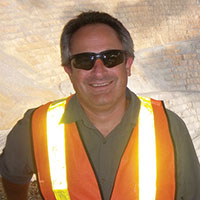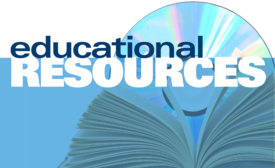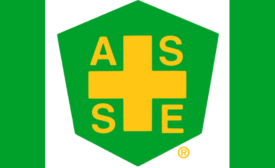Home » Keywords: » safety and health management
Items Tagged with 'safety and health management'
ARTICLES
‘Safety culture’ is a messy concept
Too many interpretations lead to haphazard applications
October 4, 2018
Become a Leader in Safety Culture
Build your knowledge with ISHN, covering key safety, health and industrial hygiene news, products, and trends.
JOIN TODAYCopyright ©2025. All Rights Reserved BNP Media.
Design, CMS, Hosting & Web Development :: ePublishing










